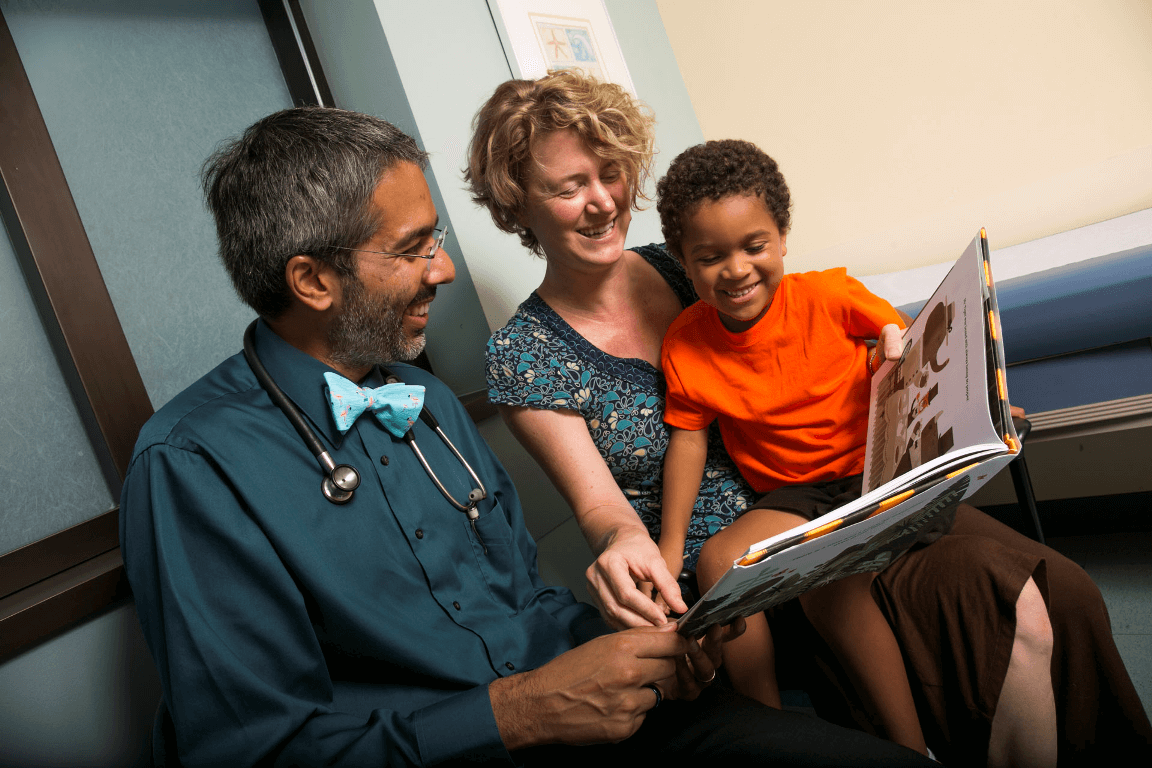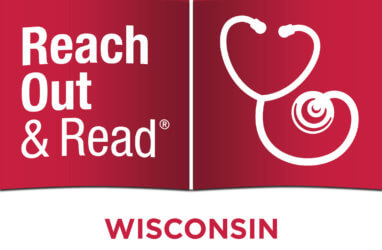At the end of each year, I think, “Wow, what a busy year.” This, our seventh year, has been no exception.
This year, we have been busy with:
- Welcoming, and training Amber Bloom, MSW, who works directly with clinics on the eastern side of the state
- Visiting 100 clinics throughout the state
- Launching this blog, Books Build Better Brains
- Keeping track of our medical director, Dipesh Navsaria, MPH, MSLIS, MD, who gave more than 40 presentations this year, in Wisconsin and 11 other states
- Organizing and leading our annual meeting, now with 100 attendees, one third of which are medical providers
- Organizing three legislator/state leader visits to ROR clinics
- Beginning the collection of our post-intervention parent literacy orientation surveys
- Assisting 30 clinics in launching ROR programs
- Submitting 10 grants/requests for funding (six were funded)
- Attending and presenting at the ROR National Center Leadership Meeting
- Providing more than 24,000 books in support to 61 clinics
- Offering strategic planning consultation to two other state affiliates
- Serving on ROR National Center’s book and network advisory committees
This year, we are especially proud of:
- ROR Wisconsin’s presentation of a 2017 State Superintendent’s Friend of Education Award
- Our ability to keep pace to date with growing book needs from our growing network
- Our transformation from one of the smallest affiliates to one of the largest and most respected
We are consistently grateful for:
- The amazing clinic staff we work with who volunteer their time to provide parenting support and early literacy promotion faithful to the ROR model
- Children’s Health Alliance of Wisconsin, which provides us a home, infrastructure support and ongoing guidance
- ROR National Center staff who cultivate national partners to further the work of early literacy promotion, provide training, resources and support to affiliate staff
- Our funders, early literacy champions and individual donors who share our passion for children and literacy and without whose support none of the above would have been possible





